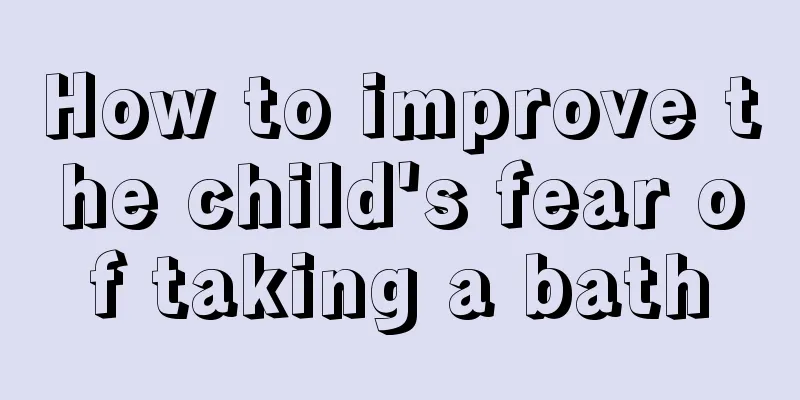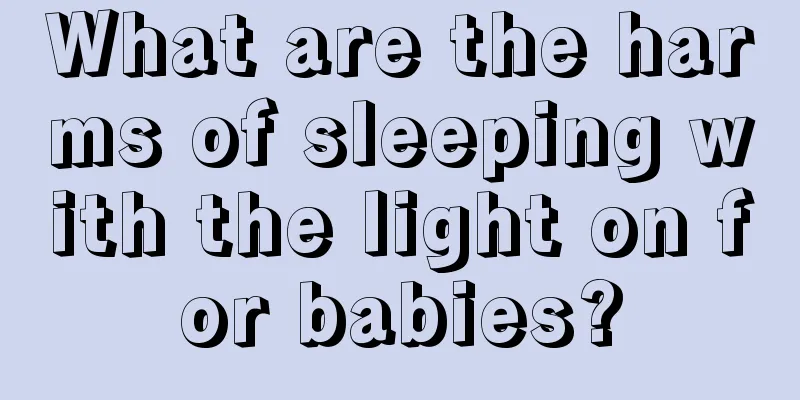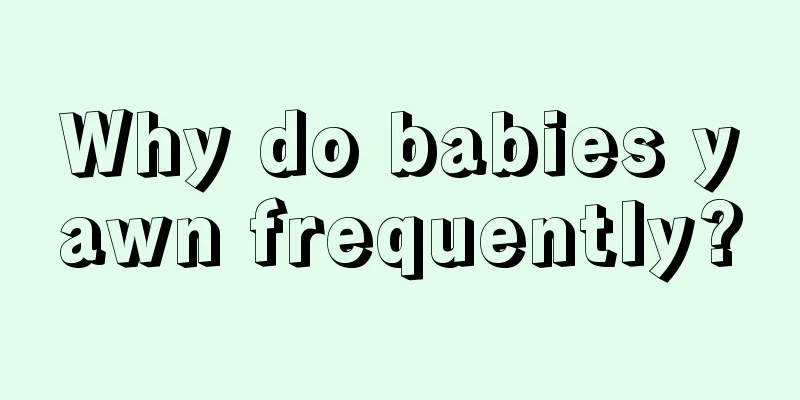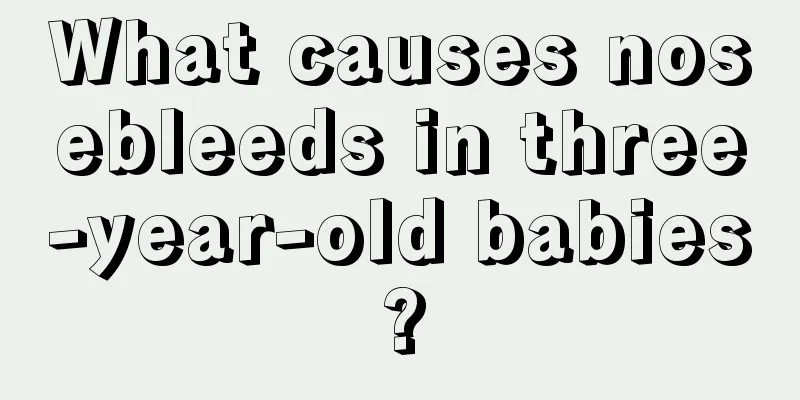What should I do if my two-year-old child likes to hit others?
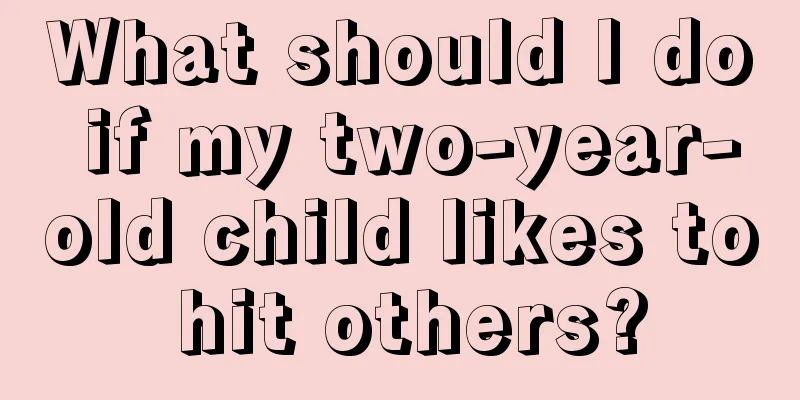
|
When the baby is two years old, he is always curious about everything and likes to observe every move of adults. Sometimes the baby always likes to hit people without any malice, because he does not understand what hitting is now, he just thinks it is fun and will get the attention of his parents, so at this time you must not talk to him with a smile, but should tell him seriously that it is wrong to do so. If a child hits someone, parents can hold the child's hand tightly, look into the child's eyes and say, "Mom knows you may feel sad or heartbroken, but hitting others is not a good behavior. If you want to vent your anger, you can hit this pillow, so it won't hurt. OK?" Help your child relieve his or her anger. For example, we told our son since he was young that when encountering something that makes him angry, he should take a deep breath first, and then count to 10 quietly. Parents can also ask the baby: "Do you need some quiet time?" One method is the timed isolation method (which will be introduced in a later article). But parents need to note that when using the timed isolation method, the child should already be able to clearly understand the content and methods of timed isolation. Otherwise, the child will only regard timed isolation as a punishment from his parents. After the child calms down, parents can ask the child softly: "What made you unhappy? How do you feel now?" Parents can see if they can help the child find out what is really bothering the child, and then help the child find alternative ways to replace hitting or biting when encountering the same situation. (Children under 4 years old are not yet able to understand abstract reasoning, which is why reasoning with children this age does not work.) For children under four years old, if parents are about to take the child away because the child hits someone, they can give the child a hug. A hug from parents lets children know that hitting others is wrong, but that their parents’ love for them will not decrease because of it. Even if young children cannot fully understand adult language, parents can still explain to them: for example, hitting someone will hurt, so let's find some methods you like to replace hitting someone. If a child hits the parents, the parents can put the child down, say nothing, walk out of the room silently, and return to the room after a while. Children of this age already understand their parents' feelings, and their actions speak louder than words. When your child hits you, you should first tell your child clearly what you will do instead of trying to control him or her. If you make it known to your child that every time he hits you, you will leave the room and will not return until he understands that he is wrong and is ready to treat you respectfully. So when your child hits you, you must follow your own Afterwards, parents can tell their children how they felt, "It hurts you to hit me," or "This makes me very sad. It might make me feel better if you apologize." But parents should not force their children to apologize. By doing this, parents use actions and words to teach their children how to tell others about their feelings and how to make reasonable requests to others. |
<<: Will general anesthesia have any impact on a two-year-old baby’s body?
>>: What should I do if my two-year-old baby is timid?
Recommend
What to do if the child has itchy red spots on his body
If a child develops blisters on his body and they...
What is the cause of the white coating on the child's tongue?
He can also judge the disease by judging the pati...
What is the reason for the large gap between the deciduous teeth and front teeth?
When the baby's first tooth grows out, it is ...
What are the classifications of infantile polycystic kidney disease?
Pregnancy is the happiest thing for parents. All ...
What's wrong with a child's nose having mucus?
There are some hair follicles at the entrance of ...
What to do if your baby coughs after choking on milk
Many women are first-time mothers and have no exp...
How low can jaundice be reduced before discharge?
Neonatal jaundice is divided into two phenomena: ...
What causes swollen eyelids in children?
Sometimes parents wake up and find their children...
What to do if your child has phimosis
Nowadays, many diseases are not age-specific. For...
At what age should children be dewormed
Ascaris is basically a parasite that grows in eve...
Why does my child have nosebleeds frequently recently?
If a child suffers trauma, he or she may have a n...
What are the symptoms of Kawasaki disease in children?
Maybe many of you don’t know the symptoms of Kawa...
The baby ate the date pit
Many parents will feed their babies some dates, b...
Why does the child keep vomiting?
Vomiting is related to an upset stomach, especial...
Symptoms of malnutrition in children
What are the symptoms of malnutrition in children...
